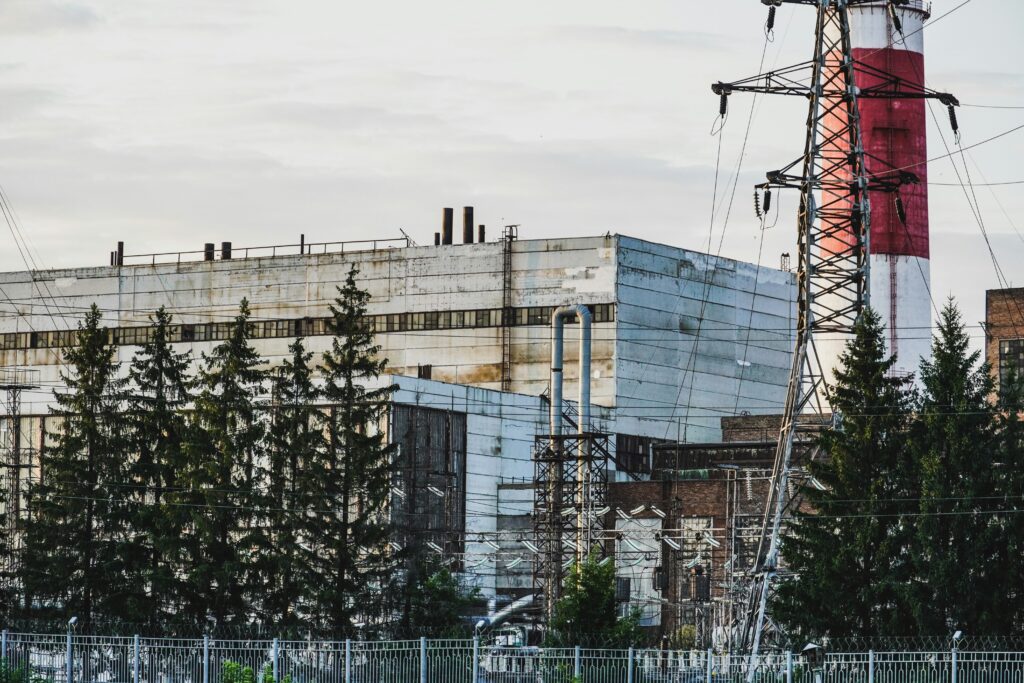
The Geopolitical Provincialization of Critical Minerals
The concept of critical minerals has increasingly come to the forefront in discussions about global supply chains, energy transitions, and national security. However, an often-overlooked aspect of these discussions is the phenomenon of geopolitical provincialisation, which refers to the way in which the definition and assessment of criticality disproportionately benefit certain regions, while marginalizing others. This provincialisation is a direct reflection of the power dynamics inherent in the global distribution of resources, manufacturing, and economic influence, particularly between the Global North and South.
Criticality and Its Provincial Nature
At the core of the geopolitical provincialization of critical minerals lies the framework of “criticality” itself. Critical minerals are those deemed essential for the functioning of industries such as clean energy, manufacturing, electronics, and defense. However, the current understanding and assessment of critical minerals are overwhelmingly shaped by the priorities of the Global North comprising nations like the United States, European Union countries, and Japan whose primary focus is ensuring a steady supply of these minerals to sustain their manufacturing sectors and technological advancements.
In the North, criticality assessments often prioritize “importance in use,” which reflects how crucial a mineral is for manufacturing processes, economic growth, and national security. For instance, minerals like lithium, cobalt, and rare earth elements (REEs), which are essential for electric vehicle (EV) batteries and renewable energy technologies, are highly prized due to their central role in the green energy transition. However, this importance is largely based on the North’s reliance on these minerals for manufacturing purposes, neglecting the broader geopolitical and socio-economic implications for the countries that supply them.
The North-South Imbalance in Resource Control
The geopolitically sensitive minerals, especially those associated with the energy transition, are often sourced from the Global South, including countries in Africa, Latin America, and Asia. For example, Cobalt is primarily mined in the Democratic Republic of Congo (DRC), Lithium is extracted from salt flats in South America, and Rare Earth Elements are dominated by China. These regions, while rich in the raw materials necessary for the North’s green energy ambitions, remain at a significant disadvantage in terms of the value-added processing and manufacturing stages of the critical minerals supply chain.
The provincialization of criticality means that the North remains the primary beneficiary of the wealth generated by these minerals. The revenues generated from the extraction of these minerals often flow back to multinational corporations, which are predominantly based in the North. Despite the Global South’s central role in supplying the minerals, the economic benefits, such as manufacturing jobs, technological expertise, and value-added industries, remain largely in the North. This perpetuates a colonial-style dynamic in which the Global South is relegated to the role of resource extractor rather than value creator. The Democratic Republic of Congo, as the world’s largest producer of cobalt, exemplifies this imbalance, where the local population suffers from extreme poverty, human rights abuses, and lack of access to essential services such as electricity, despite the country’s wealth of natural resources.
The Role of China in Shaping Global Criticality
China has emerged as a dominant player in the geopolitics of critical minerals, taking an active role in shaping the concept of criticality to suit its national interests. Unlike the Global North, which assesses criticality based on the importance of minerals to manufacturing sectors, China has adopted a more nuanced and self-serving approach. Since the early 2000s, China has increasingly redefined critical minerals as part of its broader geopolitical strategy. The country refers to these materials as “strategic” rather than “critical,” and its assessments prioritize the role of these materials in sustaining its economic growth, advancing its technological capabilities, and securing its long-term energy needs.
By dominating the refining and processing of minerals like rare earths, lithium, and cobalt, China has been able to leverage its control over these crucial elements to secure strategic advantages in global trade and technological competition. Moreover, China’s ability to refine these minerals within its own borders has allowed it to maintain a competitive edge in key sectors such as electronics, renewable energy, and electric vehicles. This approach stands in stark contrast to the North’s dependence on the South for extraction, leaving the latter vulnerable to geopolitical shifts and power struggles.
The “Green” Rhetoric and Securitization of Critical Minerals
The shift towards clean energy and the broader energy transition has intensified the demand for critical minerals, framing them as essential to combating climate change. However, this “green rhetoric” often masks the underlying geopolitical competition over these resources. In the Global North, critical minerals are frequently categorized as part of the “energy transition metals” or “green metals,” used for producing EV batteries, solar panels, wind turbines, and energy storage systems. This framing, which emphasizes the urgency of securing these minerals for a global green transition, can obscure the self-serving interests of geopolitical actors who seek to maintain control over manufacturing capacity and access to these minerals.
The securitization of critical minerals further entrenches their provincialization. By positioning these minerals as vital to national security, countries in the North seek to prioritize their access to these resources, often bypassing public scrutiny and fairness in their trade agreements. The focus on securing critical minerals, rather than fostering equitable partnerships, can ultimately undermine the long-term development of Global South countries, diverting them from addressing more pressing local challenges such as poverty, infrastructure development, and economic diversification.
The Path Forward: A Call for Localized Criticality
To combat the provincialization of critical minerals, Global South countries must redefine criticality in a way that is reflective of their own competitive advantages and long-term economic goals. Localizing criticality assessments would enable these nations to shift their focus from simply exporting raw materials to building their own processing, refining, and manufacturing industries. This would allow them to capture a greater share of the value chain and reduce their dependence on the North for value-added industries.
Moreover, by championing a localized approach to criticality, the Global South could demand greater ownership of their natural resources, ensure fairer trade practices, and prioritize investments in infrastructure, education, and technological development. This approach would not only reduce the reliance on foreign extraction companies but also enable these countries to leverage their mineral wealth for broader economic growth and sustainable development.
The Global South should also be cautious of the cyclical nature of resource rents in the critical minerals sector. The boom and bust cycles of resource extraction can be short-lived, with windfall profits often evaporating within 3 to 5 years. Therefore, it is critical for these nations to diversify their economies and not rely solely on mineral exports as a source of revenue.
Conclusion
The geopolitical provincialization of critical minerals highlights the imbalances and power dynamics that dominate the global resources landscape. While the Global North continues to prioritize its own manufacturing needs, the Global South remains in a subordinate position, supplying raw materials without reaping the full benefits of their resources. To address this imbalance, Global South countries must develop their own localized criticality frameworks, which will allow them to optimize the long-term value of their resources and contribute to a more equitable global economy. Only by doing so can the Global South avoid being locked into a perpetual cycle of resource extraction and begin to carve out a more autonomous and prosperous future in the critical minerals sector.
Runganga, D., Ashworth, P., & Ashworth, D. B. 1: Towards Advancing the Global South’s Understanding of Criticality: Implications of the North-South Geopolitical Confrontations on Critical Minerals. Title 2: The Geopolitical Provincialization of Critical Minerals Assessments: A Global Visualized Analysis.
I WANT TO SELL
Do you have any spare parts for gas turbines you want to sell? Please Inquire now through our online submission form or contact us via phone, to assess the value of your as-removed parts.
